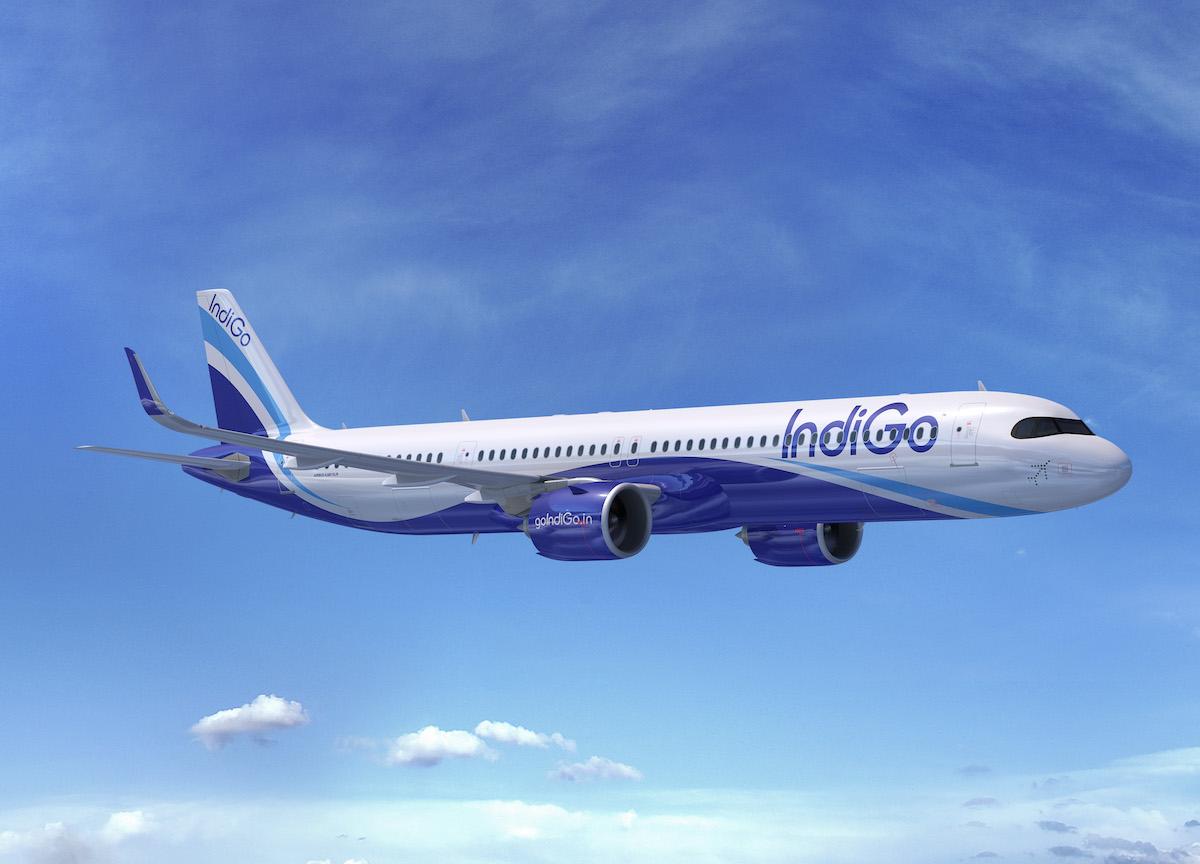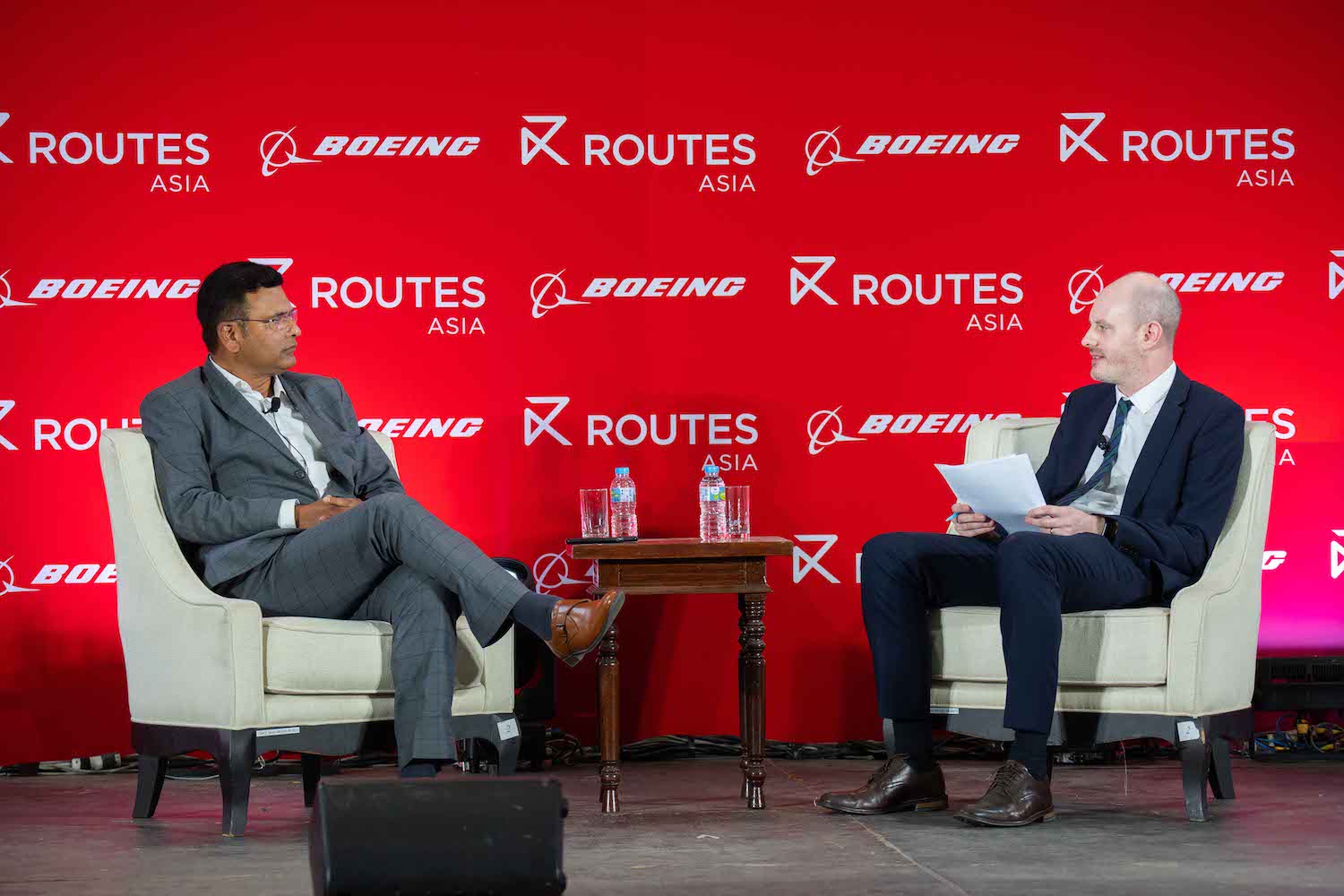
CHIANG MAI, Thailand—IndiGo is looking to bolster its international network and further solidify its domestic operations as it awaits the delivery of its first Airbus A321XLR before the end of 2024.
The ULCC’s domestic operations make up about 95% of total revenues, but the airline plans to increase its international capacity from 15% to around 20-25% in the coming years.
Speaking at Routes Asia 2023 on Feb. 15, Rajat Kumar, IndiGo VP of network planning, said the A321XLR would extend the range of IndiGo’s aircraft to 8 hr. flying time, putting markets such as South and Eastern Europe, Central Asia and some African markets within reach.
CAPA data shows that IndiGo has 308 A321neo family aircraft on order, with an unspecified number of A321XLRs. Kumar said he expects the XLRs would likely be a single-class cabin product like the rest of the IndiGo Airbus fleet.

IndiGo CEO Pieter Elbers revealed earlier this month that new flights between India and Nairobi in Kenya and Jakarta in Indonesia are on the agenda, while Kumar said China would also be a focus. Before the pandemic, the airline served just two cities in China—Chengdu and Guangzhou—and is yet to restore flights to either city.
IndiGo has a codeshare partnership with Turkish Airlines, from which it has wet-leased a Boeing 777-300ER to operate on its Istanbul-Delhi route, which Kumar said has helped to free up narrowbody capacity for use on domestic routes.
India’s market is expected to grow 5-6% as more citizens have the spending power to fly. Kumar expects capacity to grow steadily as the airline brings back grounded aircraft as well as take delivery of two to three new aircraft monthly, connecting between tier 2 and tier 3 cities and to tier 1 cities.
Kumar said the airline had been quick on its feet to return to operations and ramp up capacity and routes after a two-month pandemic shutdown in March 2020.
Asked about the competition faced in India, such as the consolidated former AirAsia India into the Air India group and the startup Akasa Air, Kumar said India had plenty of headroom and the overall market was growing.
“Competition is good for the industry, and we welcome that,” he said. “We have been around for 17 years so we must have done something good.”
Earlier this month, IndiGo announced plans to make Dharamshala (DHM), a city in the Indian state of Himachal Pradesh, the 78th domestic destination its network, up from 62 destinations before the pandemic. The LCC will begin flights between Delhi (DEL) and Dharamshala effective March 26, operating 11 times per week.
The airline is also enhancing its Middle East presence with three new routes. Daily flights will connect Chennai (MAA) and Hyderabad (HYD) with Abu Dhabi (AUH) from March 26, while daily service between MAA and Muscat (MCT) in Oman will begin on the same day.
Data provided by OAG Schedules Analyser show that IndiGo has a 56% share of the domestic capacity available in India and a 15% share of the Indian international market. During February 2023, the airline will operate about 8.8 million seats—up by 13% on pre-pandemic levels.
Data provided by OAG Schedules Analyser show that IndiGo has a 56% share of the domestic capacity available in India and a 15% share of the Indian international market. During February 2023, the airline will operate about 8.8 million seats—up by 13% on pre-pandemic levels. – Chen Chuanren/David Casey

